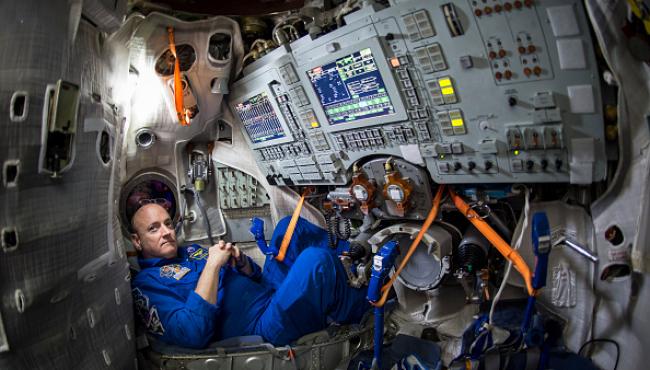-
Tips for becoming a good boxer - November 6, 2020
-
7 expert tips for making your hens night a memorable one - November 6, 2020
-
5 reasons to host your Christmas party on a cruise boat - November 6, 2020
-
What to do when you’re charged with a crime - November 6, 2020
-
Should you get one or multiple dogs? Here’s all you need to know - November 3, 2020
-
A Guide: How to Build Your Very Own Magic Mirror - February 14, 2019
-
Our Top Inspirational Baseball Stars - November 24, 2018
-
Five Tech Tools That Will Help You Turn Your Blog into a Business - November 24, 2018
-
How to Indulge on Vacation without Expanding Your Waist - November 9, 2018
-
5 Strategies for Businesses to Appeal to Today’s Increasingly Mobile-Crazed Customers - November 9, 2018
The ISS is home to potentially harmful bacteria
Even probes are likely to harbor microbial growth, and NASA is so concerned about contamination that they won’t send a rover to check out the recently discovered liquid water on Mars.
Advertisement
Clearly another obstacle to overcome if we are going to take the next step in space exploration is finding a way to keep ourselves clean by interplanetary standards. State of the art molecular analysis of dust samples from ISS has revealed the existence of germs.
In the most comprehensive hunt for bacteria and fungi ever done of the ISS, the team sequenced genetic material plucked from dust found in equipment that returned to Earth: an air filter used for 40 months and two used vacuum cleaner bags.
Two pathogens which could be more unsafe if left unattended were also found. The research did not study how well these pathogens are able to spread inside of closed environments or if they can actually infect the astronauts. The astronauts will also install a thermal cover on a scientific instrument to protect it from the extreme temperatures of space, and will lubricate portions of the ISS’s robotic arm. “It also helps us identify areas that need more rigorous cleaning”.
The ISS is a unique built environment, experiencing microgravity, space radiation and elevated carbon dioxide, and constant presence of humans.
To identify pathogens in the samples collected and to determine their sizes besides learning if they are alive, researchers stained them with a dye.
Their results show that Actinobacteria, a type of bacteria associated with human skin, made up a larger proportion of the microbial community in the ISS than in the cleanrooms, which the authors conclude could be due to the more stringent cleaning regimes possible on Earth. The astronauts shed skin cells with almost every activity they do, from washing their hair to eating a meal, potentially contaminating their environment.
The new study relied on DNA sequencing technologies that take into account all the bugs on the ISS, not just those that can grow well in a lab. Most biologists believe that microgravity is not favorable to bacterial survival, but a minority can withstand it and may become more virulent.
“This information can be used to identify sites that can be targeted for more stringent cleaning”. The findings of this study help NASA establish a baseline for monitoring the cleanliness of the ISS, which will in turn help manage astronaut health in the future.
Advertisement
Citation: “Microbiomes of the dust particles collected from the global Space Station and Spacecraft Assembly Facilities”, Aleksandra Checinska, Alexander J. Probst, Parag Vaishampayan, James R. White, Deepika Kumar, Victor G. Stepanov, George E. Fox, Henrik R. Nilsson, Duane L. Pierson, Jay Perry and Kasthuri Venkateswaran.




























